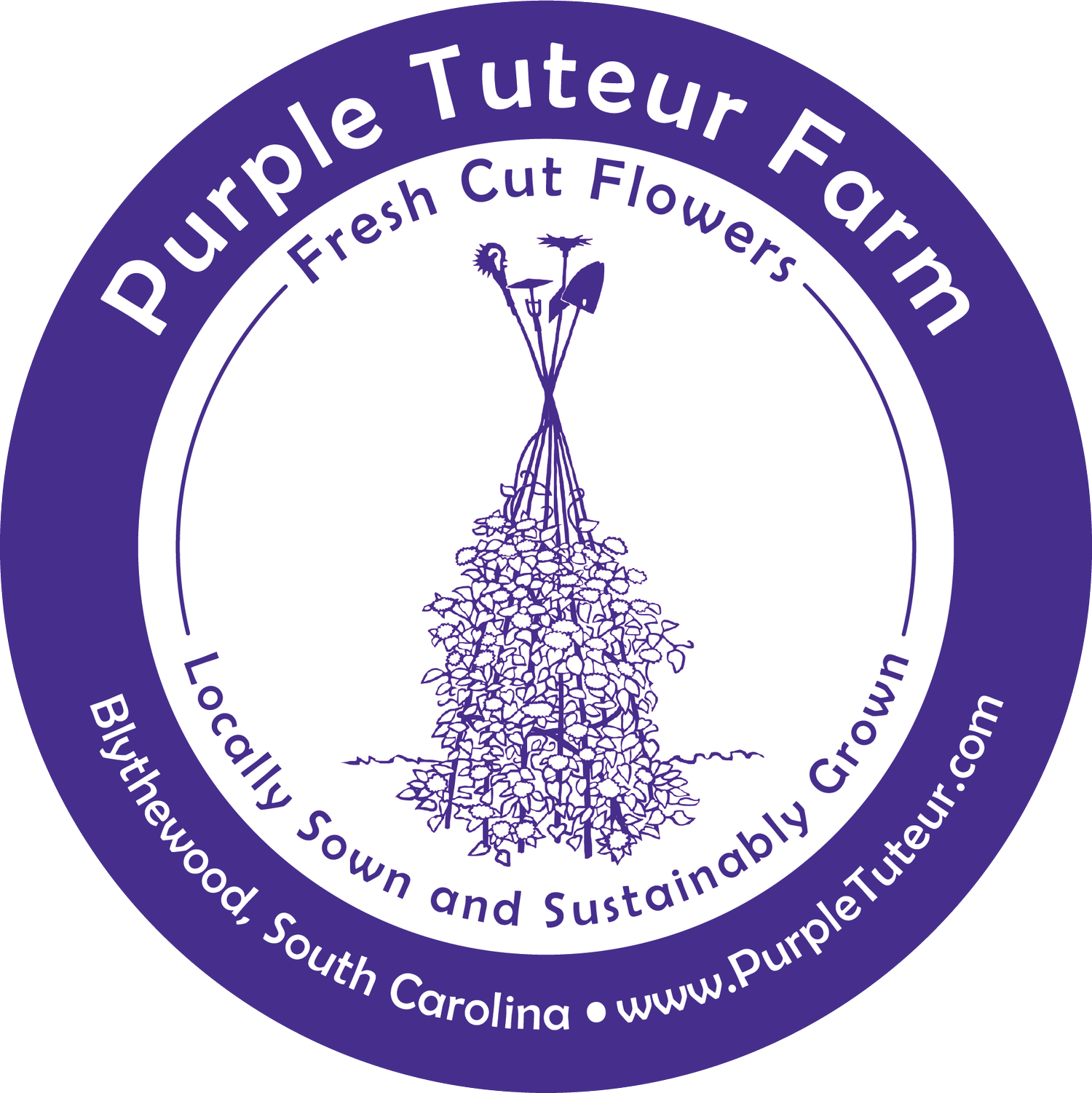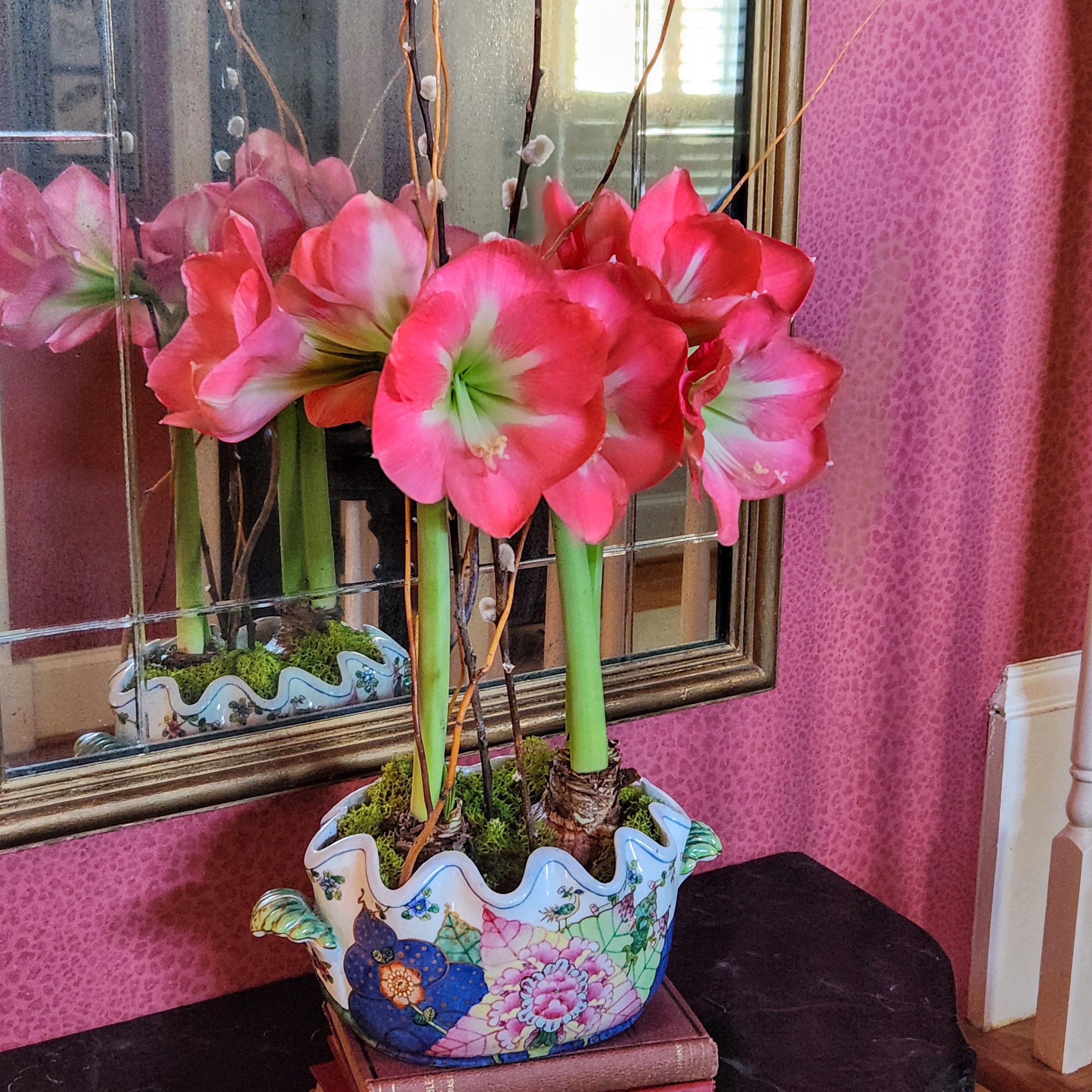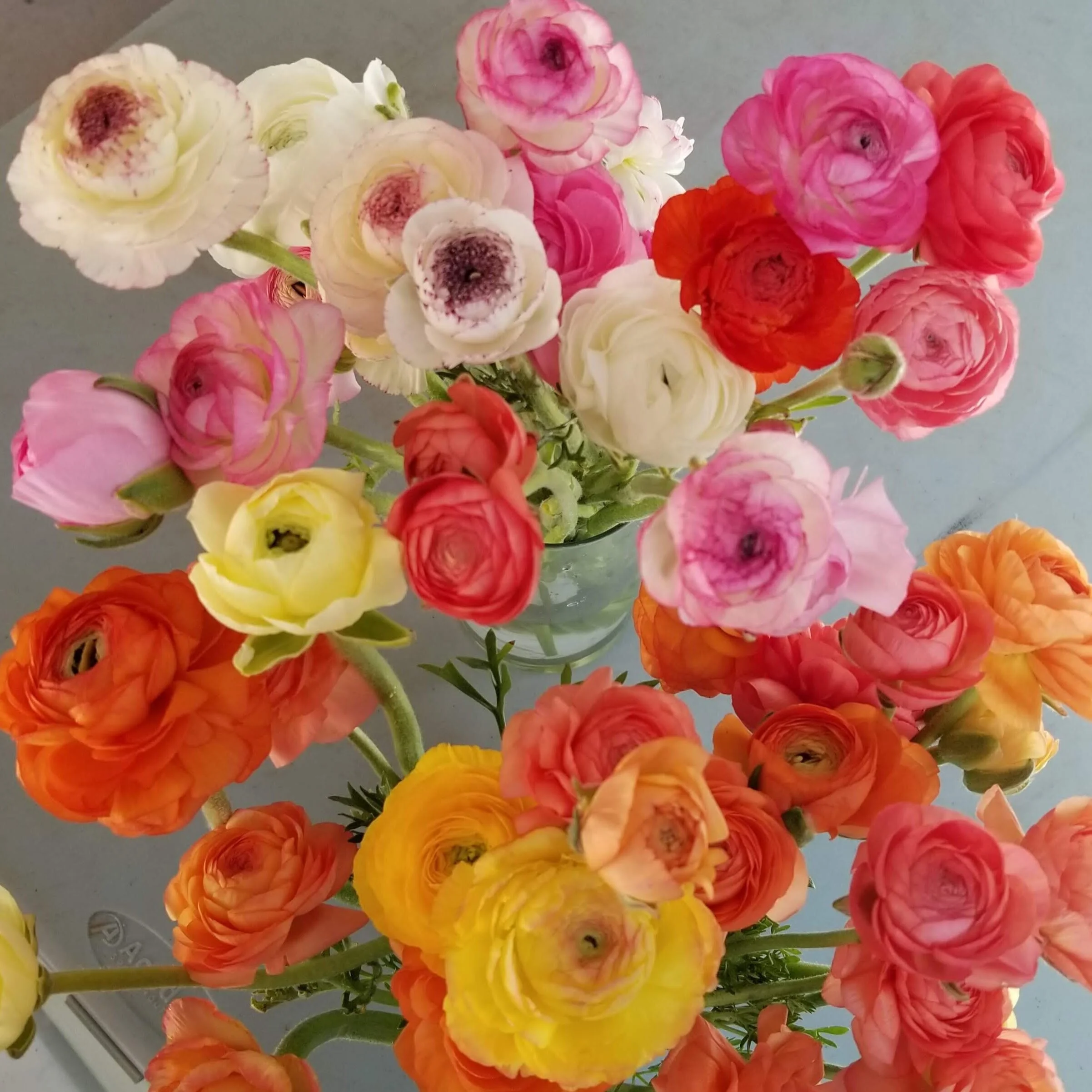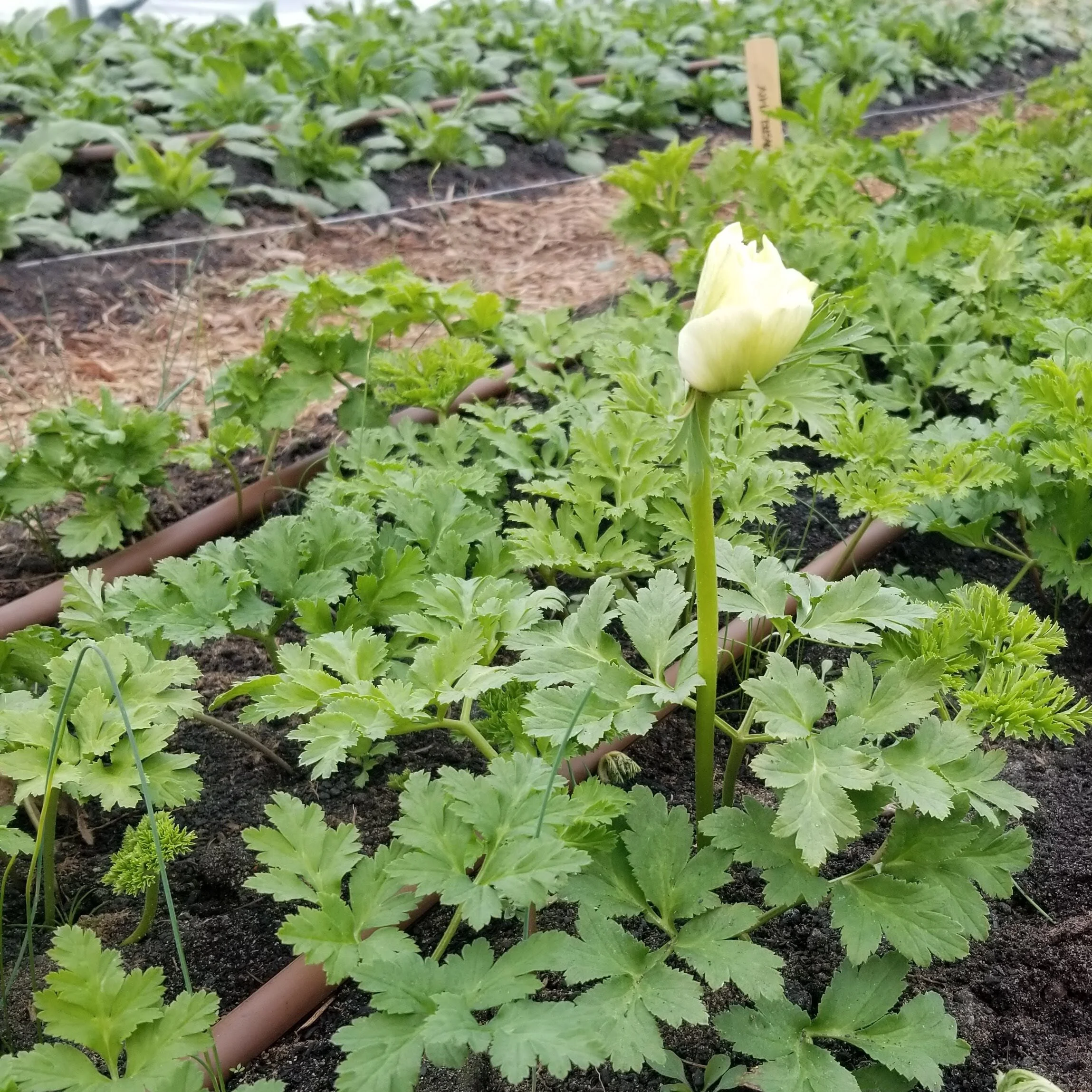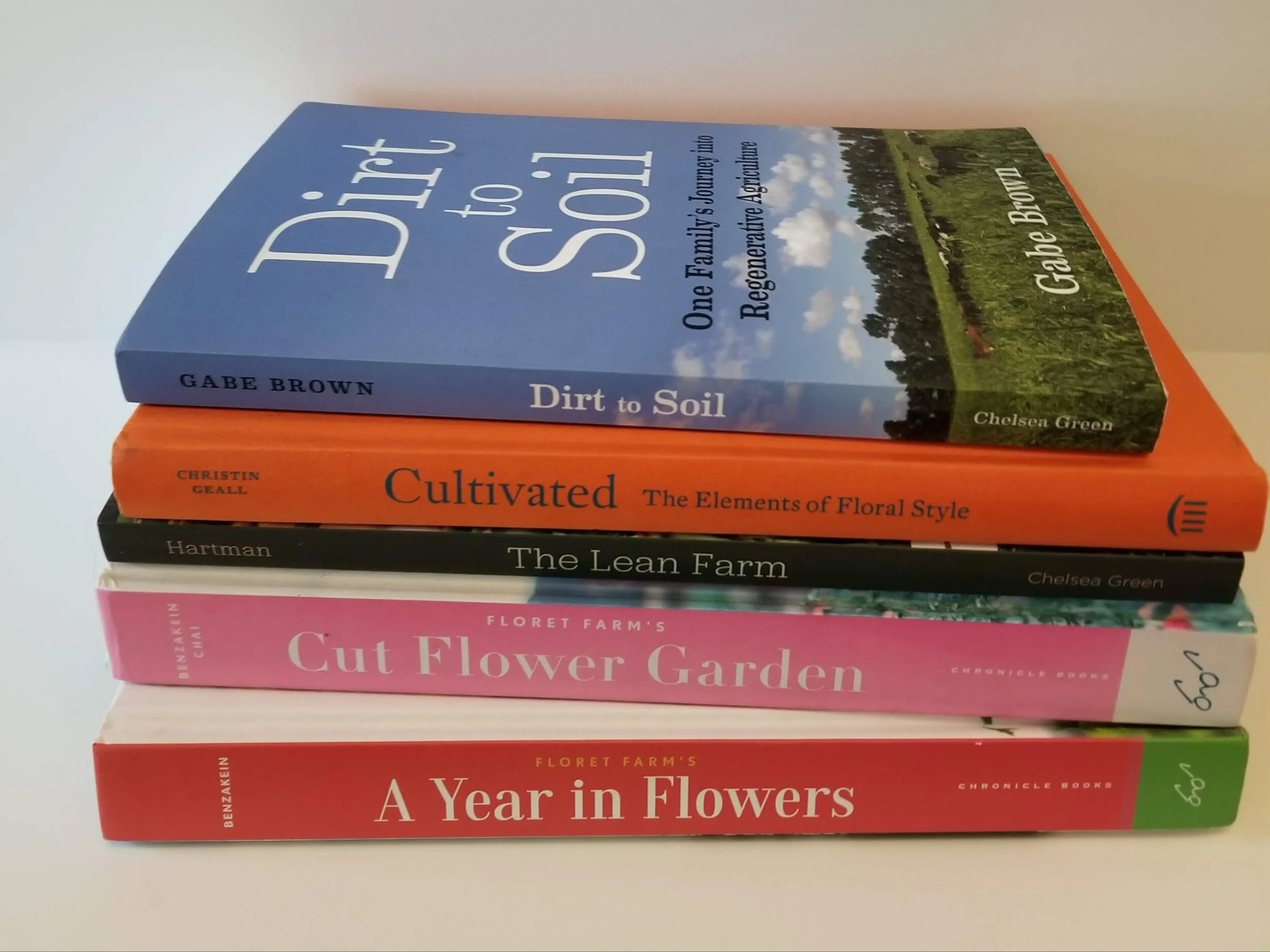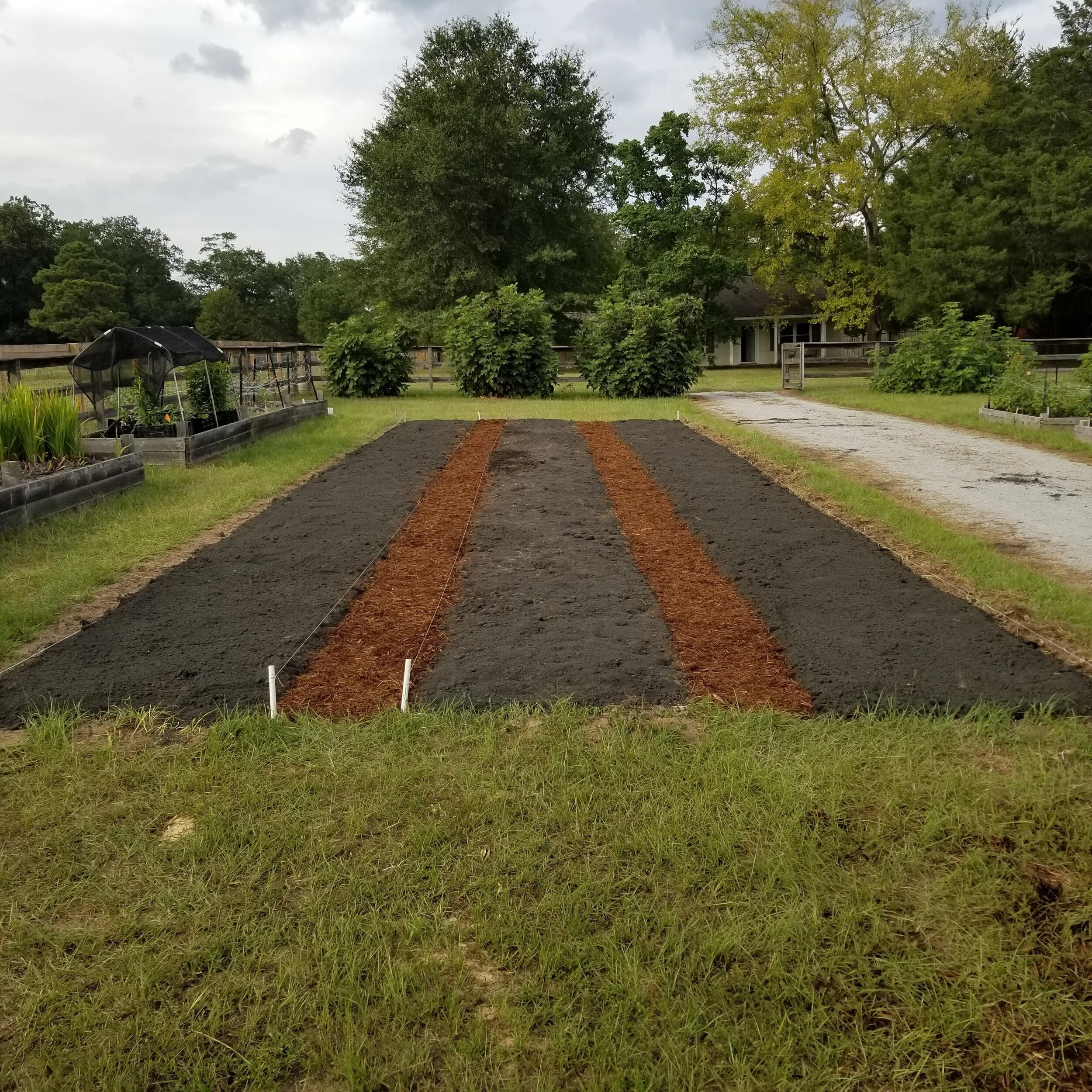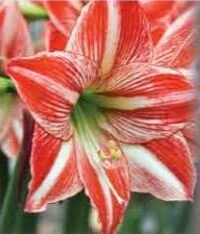As we mourn the loss of our good friend Ted Williams. I can’t help but reflect on the many contributions he made to my life as a grower.
Born in Japan, educated at Rutgers and worked an esteemed career in the military, Ted lived a successful life. He loved his wife Margaret dearly along with his four children. He was an intelligent, disciplined, deep thinker who demanded excellence and got it. He appreciated the accomplishments of others as much as his own.
Ted was retired from the military when we met. After seeing our garden, Ted encouraged me to apply to the Master Gardener program. He had completed the program and was in a leadership role as Treasurer of the organization. I completed the program and began volunteering at Riverbanks with the Junior Master Gardeners. Ted worked at Riverbanks too. He coordinated the volunteers and ran the Urban Horticulture Center.
During social occasions Ted would always ask me about my gardening activities. When I told him about the farm I was thinking of starting, he was encouraging and enthusiastic. He wanted to help.
The farm remained in the concept stage for a number of years. I ran ideas past him and asked a lot of questions. I went to conferences and reviewed new ideas with him. I had also completed training from a flower farm on flower farming specifics. He was my sounding board and council.
When I finally retired from corporate life, I was ready to move the farm to the incubation stage. I invited Ted to be my team mate in the New and Beginning Farmer program put on by Clemson. This program teaches the business of farming, not anything about growing. We had to develop a business plan to be presented at the end of the class. We met weekly at the farm to review the material and apply it to my business plan. I wrote the material and Ted was my editor. At the end of the program, there was a contest for grants provided by the S.C. Farm Bureau. I had 5 minutes to tell the story. Ted timed me at rehearsals. We took second place and won $2000 for needed farm projects.
Concurrently we were planting a variety of flowers at the farm on a trial basis to see how well they would grow here. I knew what I wanted to grow and Ted had a lot of local growing knowledge. I insisted on sustainable, no-till practices. These were new to Ted but he embraced learning them too. Ted was fully engaged - spreading compost, planting bulbs and other hands-on work.
When Ted had his first heart attack, it was a severe one. Margaret had to deal with so much at that time. Ted was not ready to stop living, however, and he slowly recovered. When he could drive again, he came back to the farm. He wanted to work. He had lost a lot of strength but he was determined. He could strap on a backpack sprayer and feed the plants. At first, I put a chair in the field so he could sit and rest as needed. He came out week after week and built back his strength. He could feed the entire field in 2 hours. After he was done, we would sit and he would review with me what he saw. Maybe something needed more water, some pest infestation was starting up and needed attention or something was almost ready for harvest.
Those were not the only discussions. He told stories about his military life. He was an avid reader. His favorite historical figure was Mahatma Gandhi. He had a keen interest in the workings of Washington DC, regardless of who was in office. Having served in the military he had an insight that made for great discussions. He was soon bringing me books to read and we would discuss them too.
When his health would no longer allow him to work at the farm, he continued to support it by purchasing flower subscriptions for Margaret. Pre- covid, I would deliver and we would catch up for a few minutes on the porch. During the Covid era, I could only leave the flowers on the porch.
One of Ted’s last visits to the farm was during the 2019 Ag+Art Tour. Margaret and two of their girls came and we had a toast after the last visitor left. He was planning to come again this year and I was excited to show him all the progress that we’ve made. He would have been happy to see it.
So, Godspeed my friend, on your ultimate journey. Thank you for everything. Your life mattered. You made a difference, no doubt in many lives, but certainly in mine. I am so grateful to you for your kind friendship and all that you taught me. Rest in peace.
